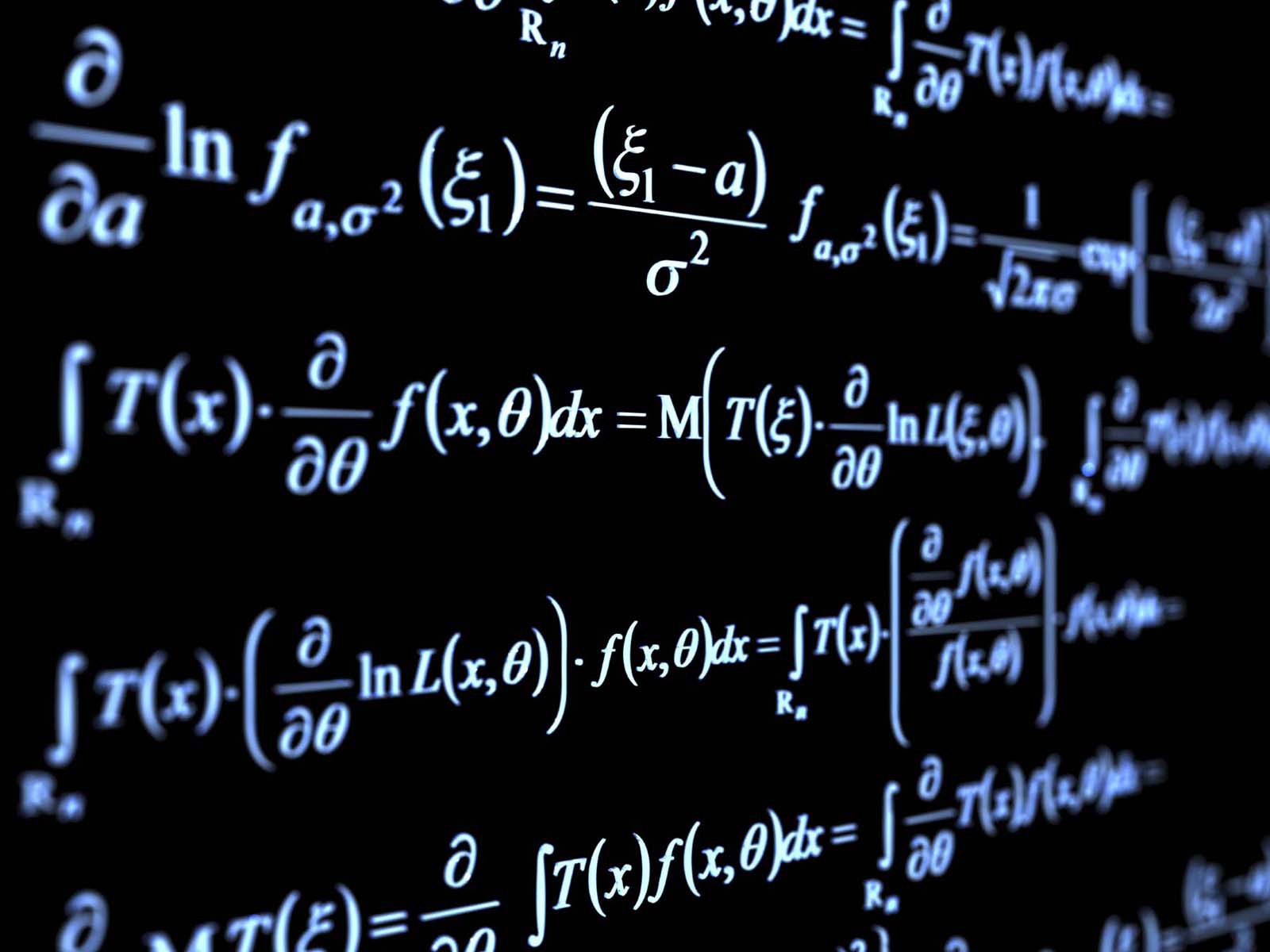An “F Test” is a catch-all term for the tests which are using the F-distribution. Mostly, when people talk about the F-Test, they are actually talking about the F-Test to Compare Two Variances. But the f-statistic is used in a variety of tests such as regression analysis, the Chow test, and the Scheffe test. If we are running an F-Test, we may use many kinds of technology to run the test. Because doing F-test by hand, including variances, is a complex and time-consuming task. This article will explain students about the F Test formula with examples. Let us learn it!
F Test Formula
Definition of F-test:
In statistics, a test statistic has an F-distribution under the null hypothesis is known as an F test. It is used to compare the statistical models as per the data set available. George W. Snedecor, in honor of Sir Ronald A. Fisher, has given name to this formula as F Test Formula.

If we are using an F Test using technology, the following steps are there:
- State the null hypothesis with the alternate hypothesis.
- Calculate the F-value, using the formula.
- Find the F Statistic which is the critical value for this test. This F-statistic formula is the ratio of the variance of the group means divided by the mean of the within-group variances.
- Finally, support or reject the Null Hypothesis.
Formula for F-Test to Compare Two Variances:
A Statistical F Test uses an F Statistic to compare two variances, \(\sigma_{1} and \sigma_{2}\), by dividing them. The result will always be a positive number because variances are always positive. Thus, the equation for comparing two variances with the F-test is:
\(F-value = \frac{variance \; 1}{variance \; 2}\)
i.e. \(F-value = \frac{\sigma _{1}^{2}}{\sigma _{2}^{2}}\)
To compare the variances of two different sets of values, the F-test formula is used. Applied on F distribution under the null hypothesis, first, we have to compute the mean of two given observations and then after calculating their variance.
\(\LARGE \sigma^{2}\; = \; \frac{\sum (x – \overline{x})^{2}}{n-1}\)
| \(\sigma ^2\) | Variance |
| X | Values given in a set of data |
| \(\bar X\) | Mean of the data |
| n | The total number of values. |
We always test that the population variances are equal while running an F-Test. In other words, we always assume that the variances are equal to 1. Thus, our null hypothesis will always be that the variances are equal.
Solved Examples for F Test Formula
Q.1: Conduct an F-Test on the following samples:
Sample-1 having variance = 109.63, sample size = 41.
Sample-2 having Variance = 65.99, sample size = 21.
Solution:
Step-1:- First write the hypothesis statements as:
H_0: No difference in variances.
H_a: Difference in variances.
Step-2:- Calculate the F-critical value. Here take the highest variance as the numerator and the lowest variance as the denominator:
\(\LARGE F \; Value \; = \frac{\sigma _{1}^{2}}{\sigma _{2}^{2}} \\\)
\(\LARGE F \; Value \; = \frac{109.63}{65.99} \\\)
\(\LARGE F \; Value \; = 1.66\)
Step-3:- Calculate the degrees of freedom as:
The degrees of freedom in the table will be the sample size -1, so for sample-1 it is 40 and for sample-2 it is 20.
Step-4:- Choose the alpha level. As, no alpha level was given in the question, so we may use the standard level of 0.05. This needs to be halved for the test, so use 0.025.
Step-5:- We will find the critical F-Value using the F-Table. We will use the table with 0.025. Critical-F for (40,20) at alpha (0.025) is 2.287.
Step-6:- Compare the calculated value to the standard table value. If our calculated value is higher than the table value, then we may reject the null hypothesis. Here, 1.66 < 2 .287. So, we cannot reject the null hypothesis.






I get a different answer for first example.
I got Q1 as 20.5
median 23 and
Q3 26